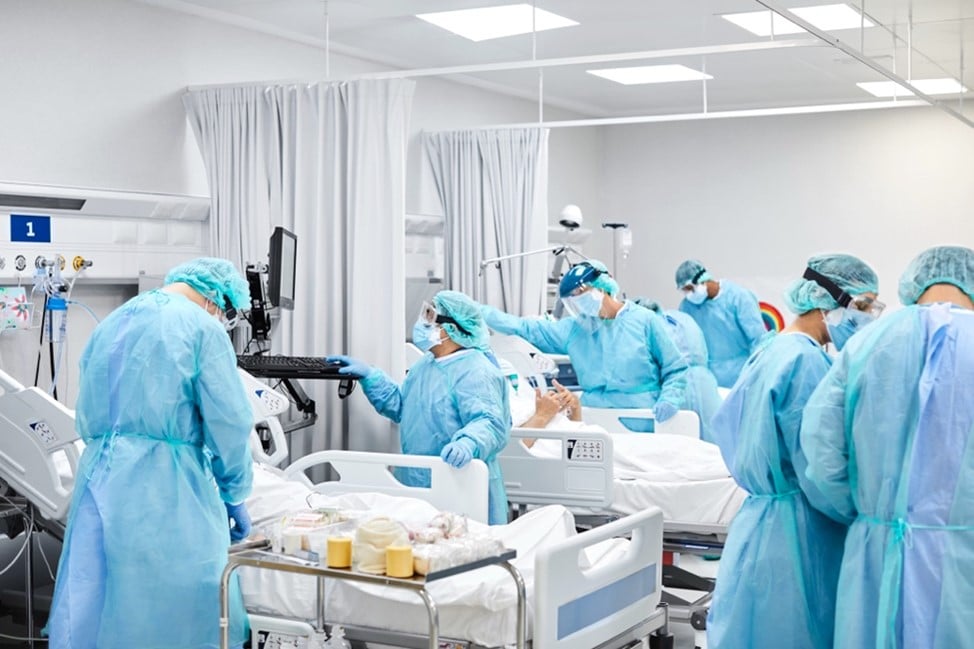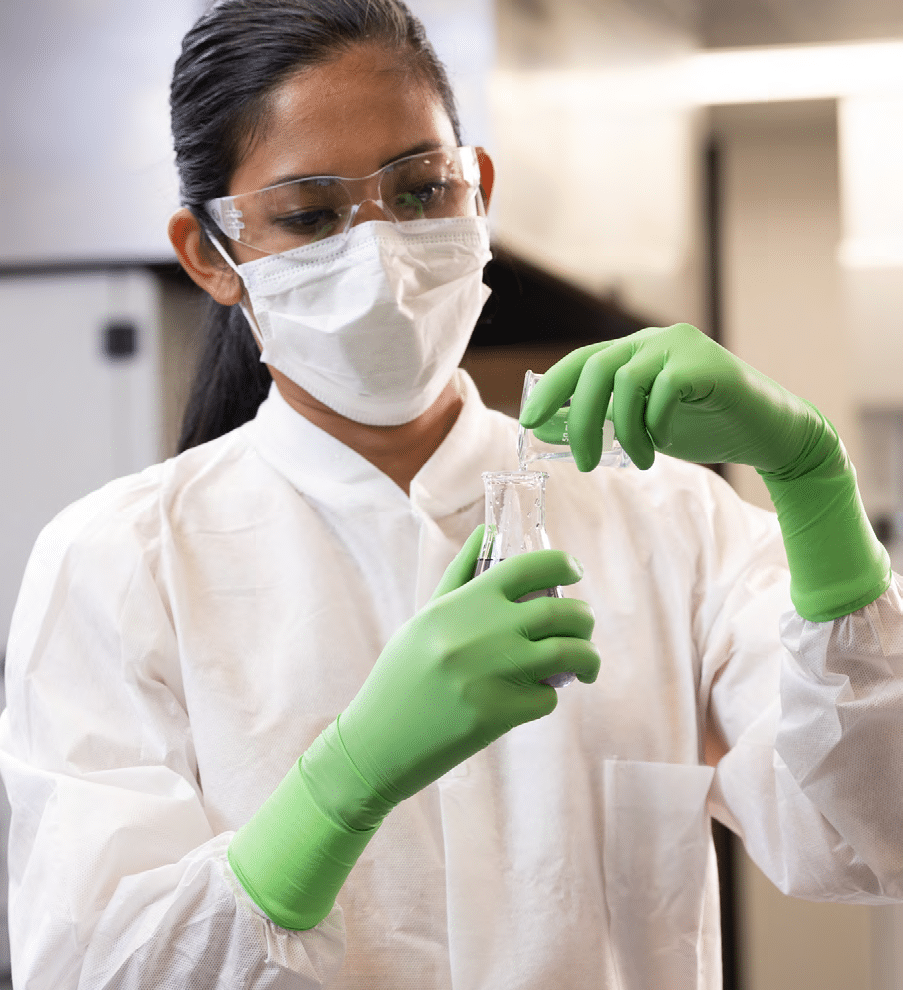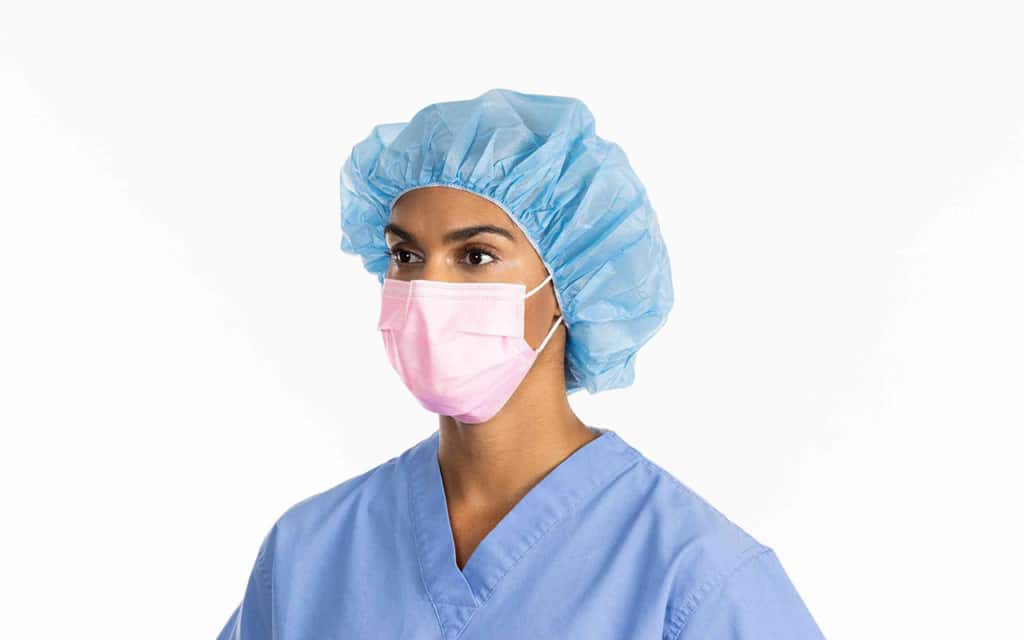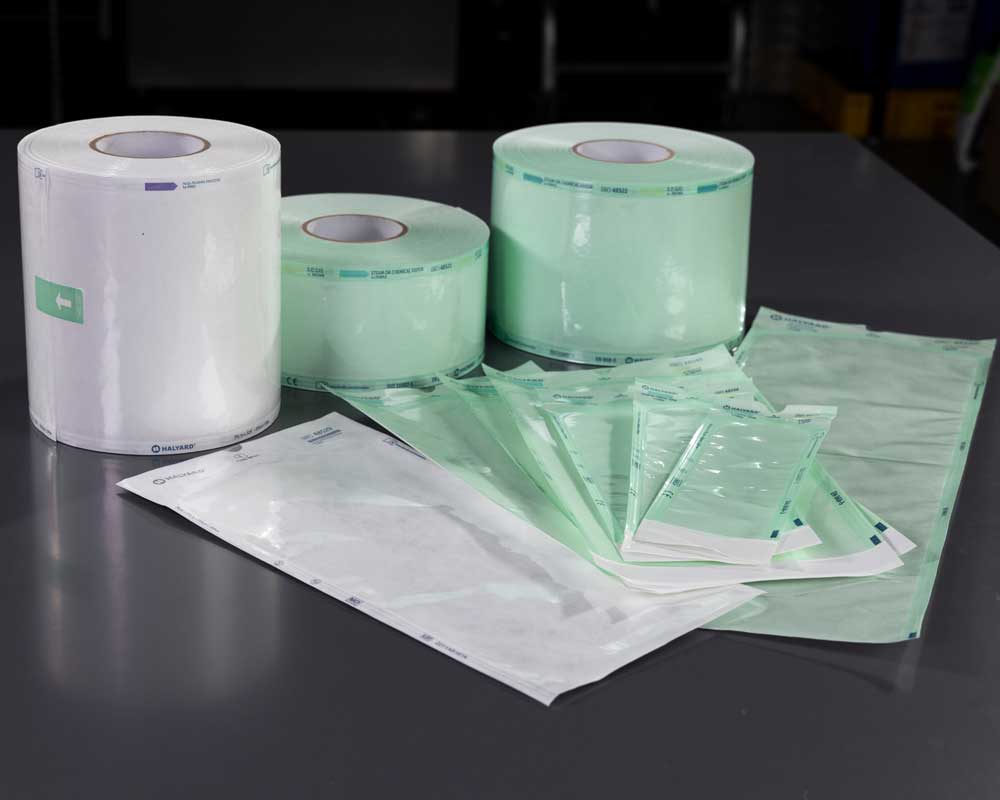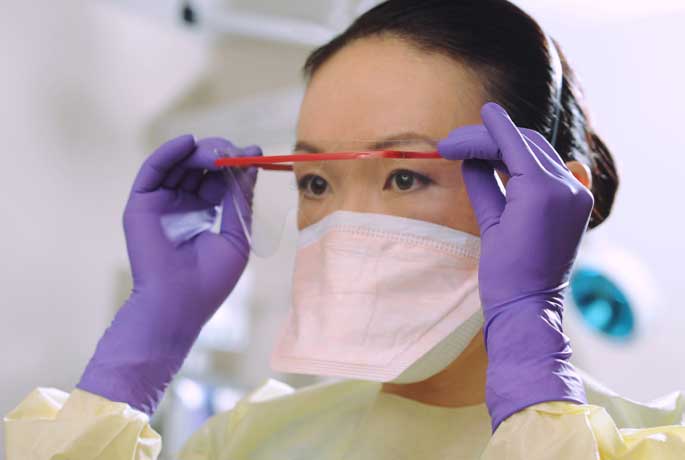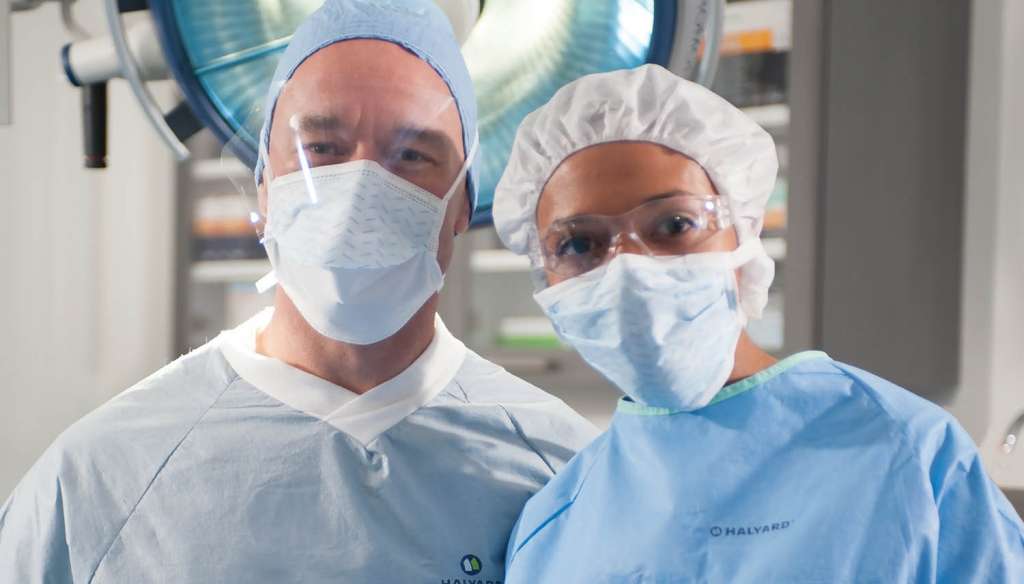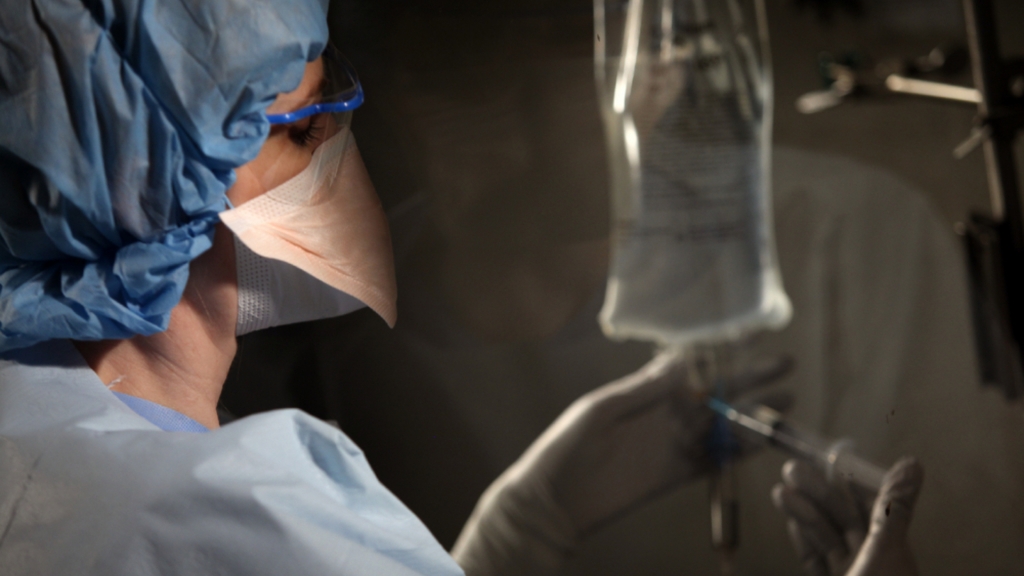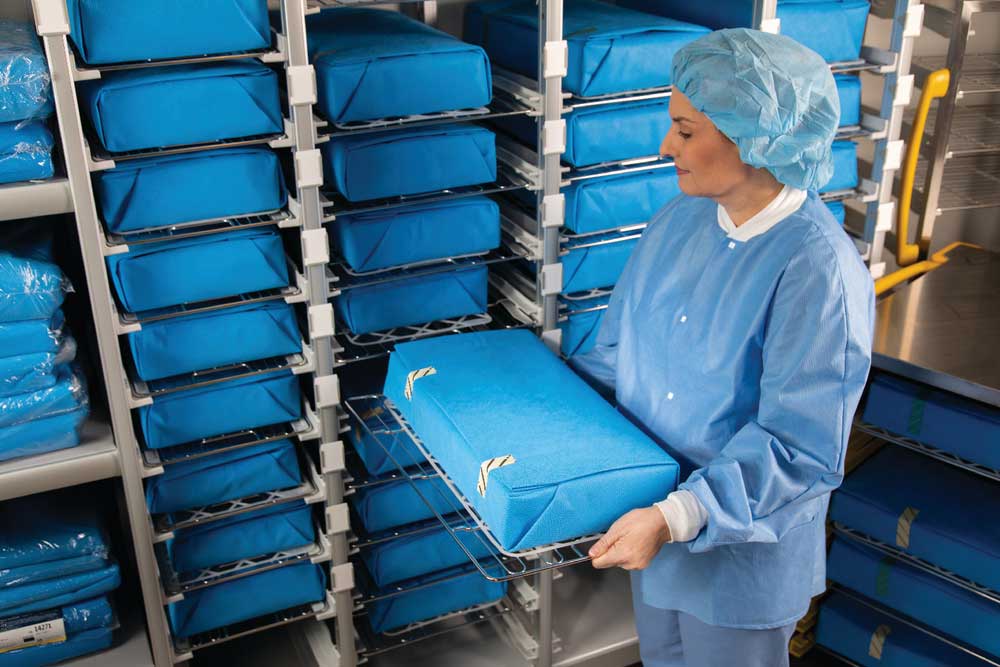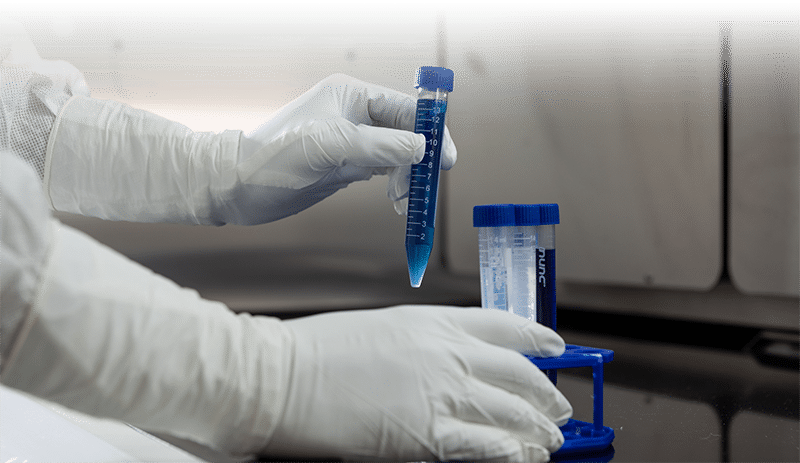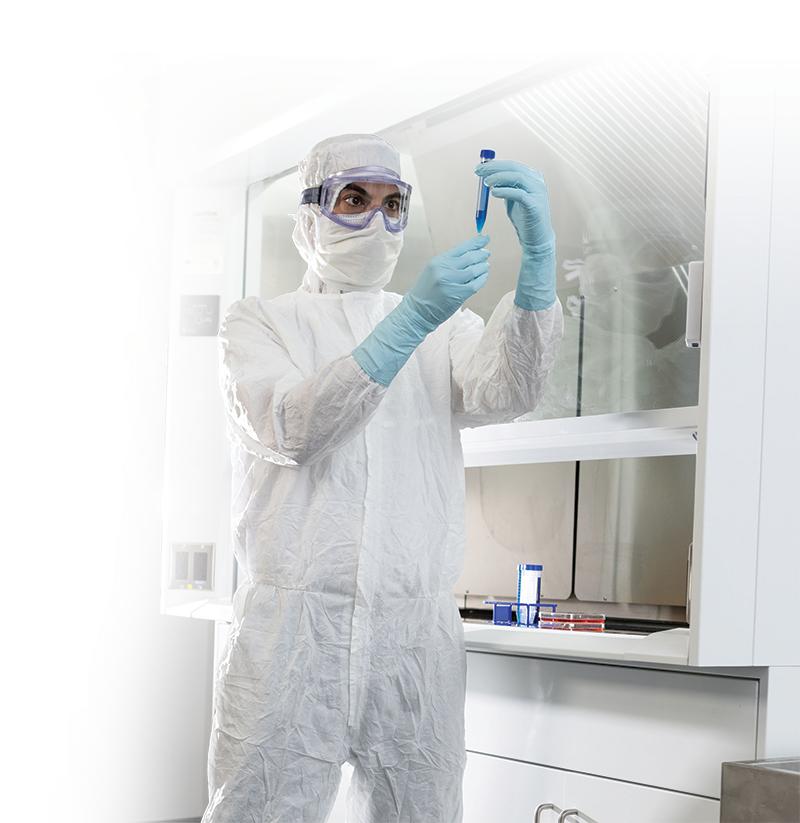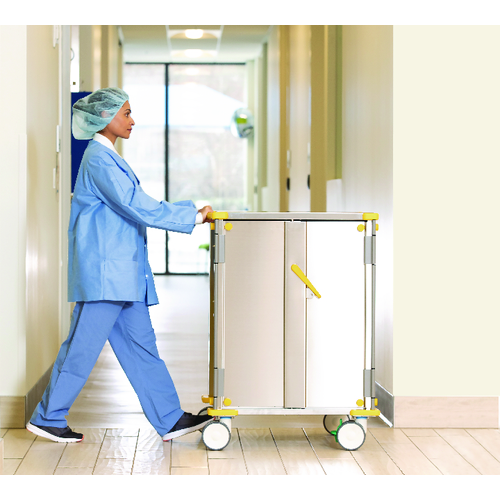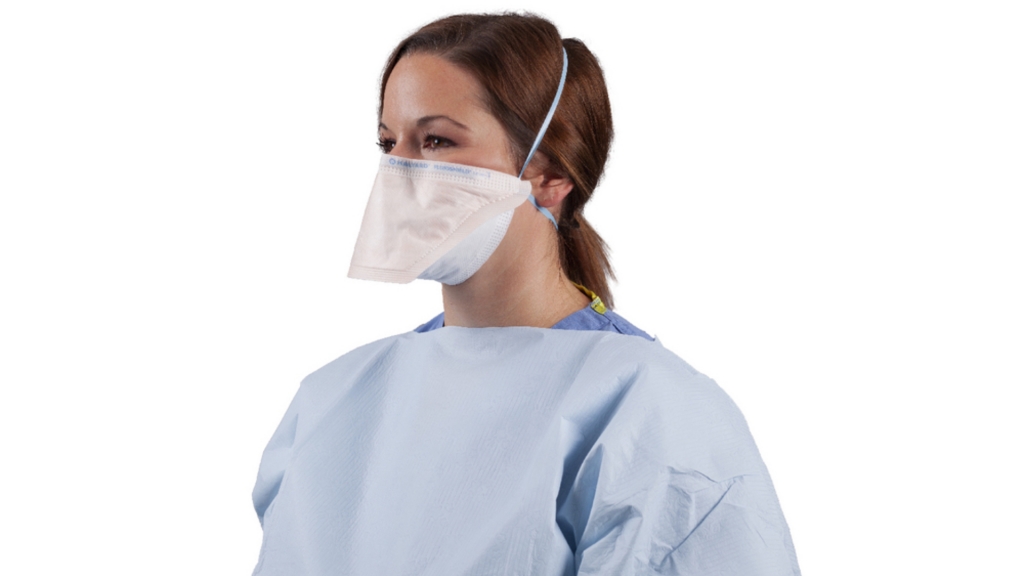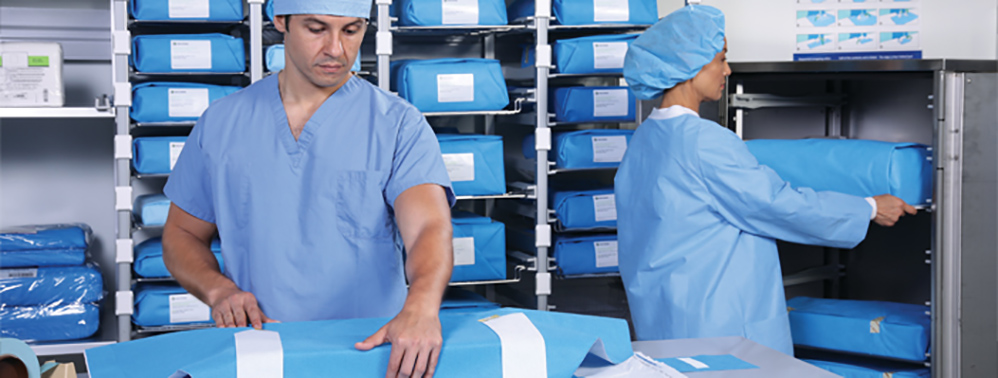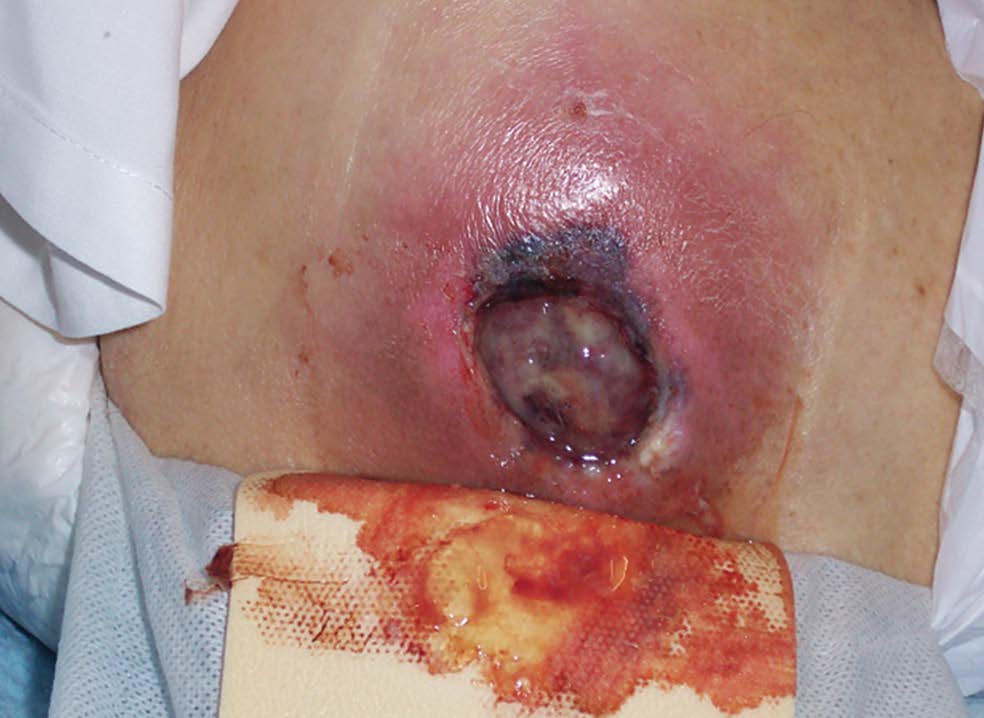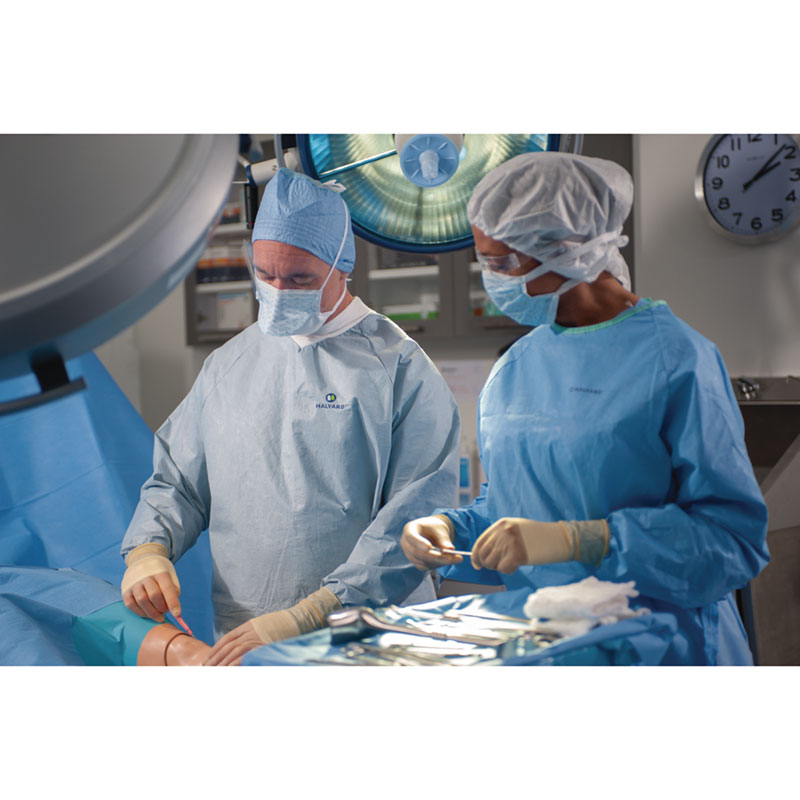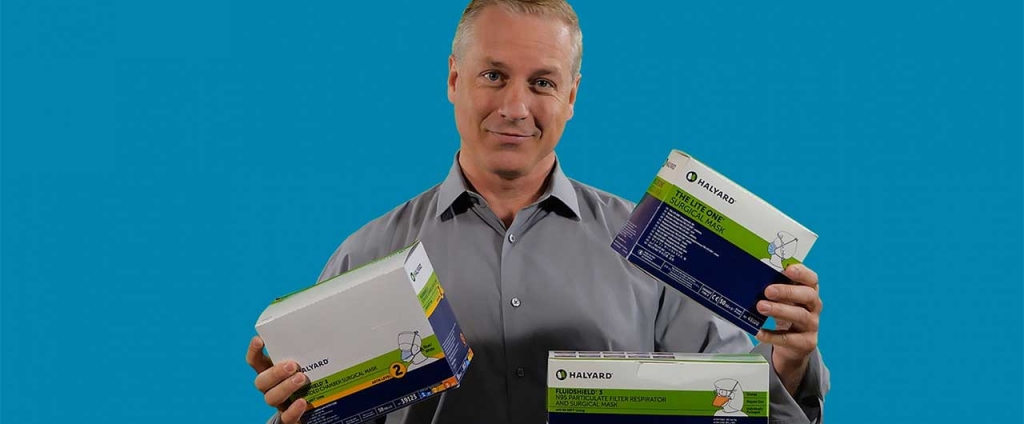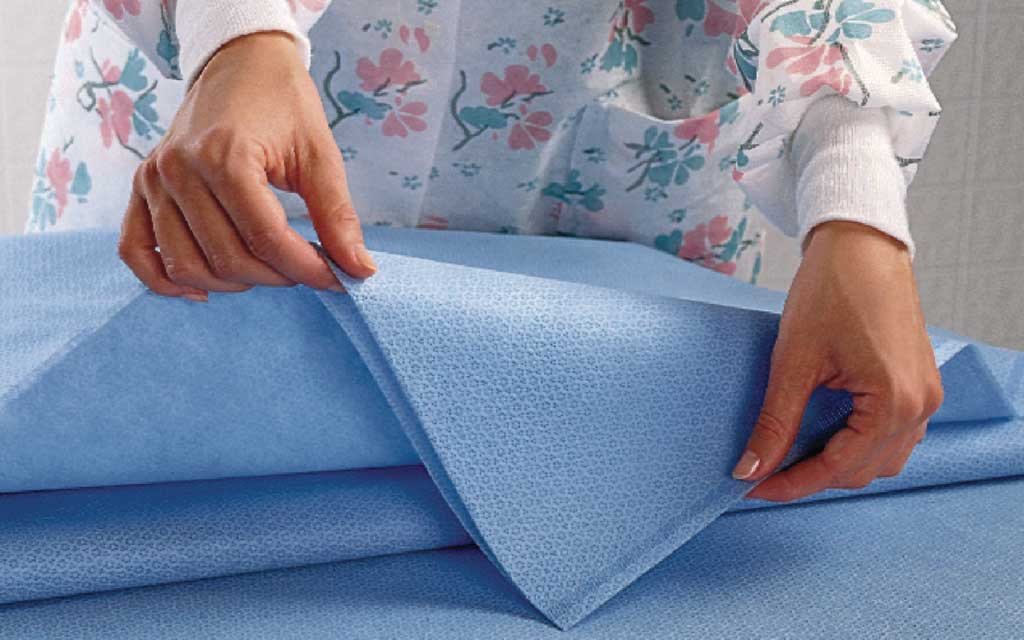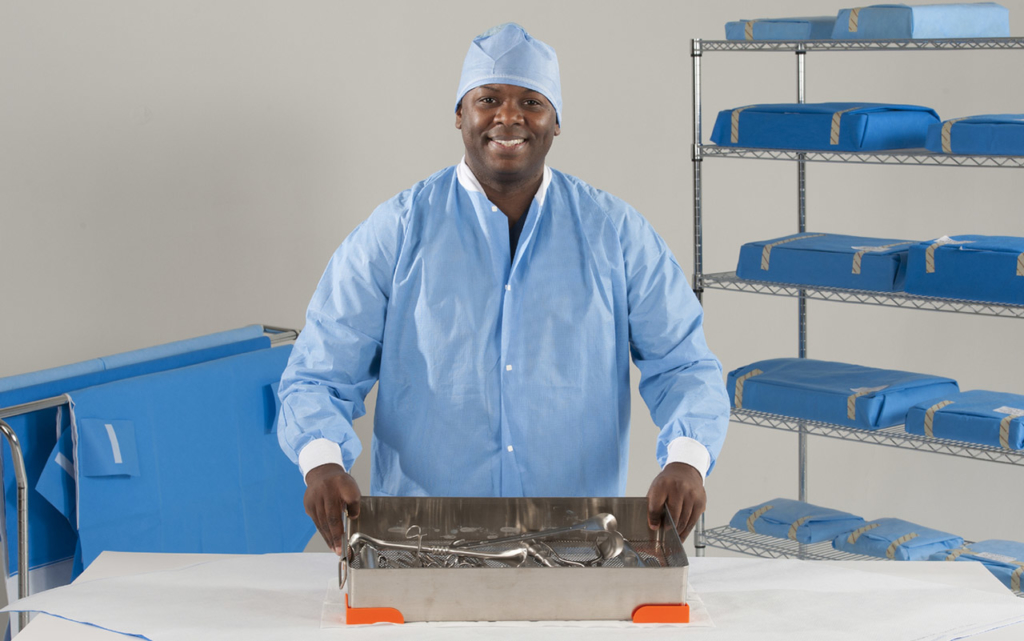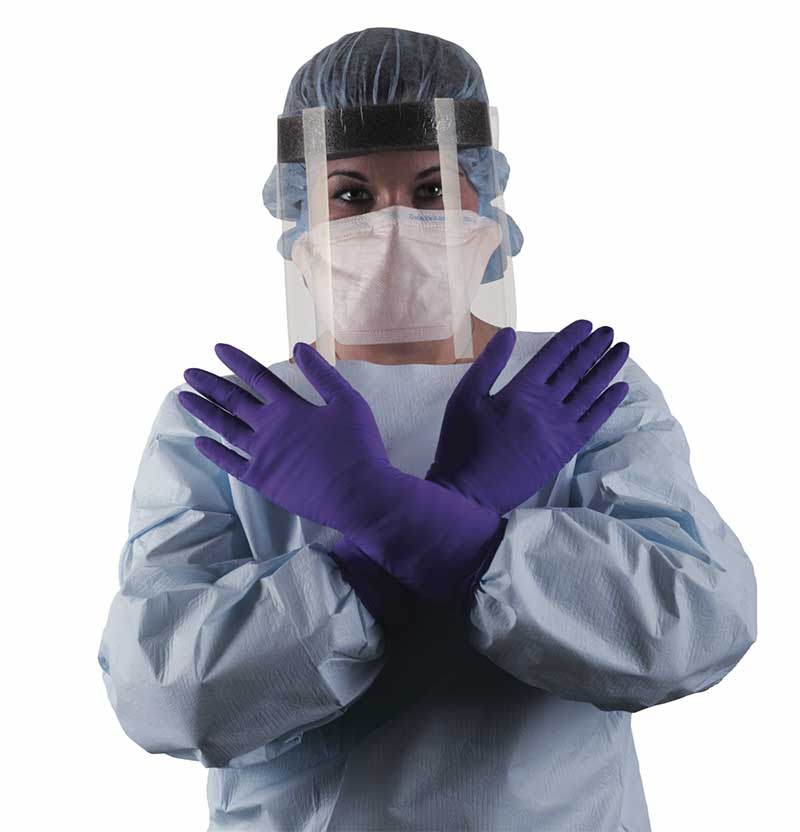Articles
5 Questions to Guide Your PPE Preparedness Plan
Here are five crucial questions to consider when establishing or refining your PPE supply.
Achieving Optimum Safety In The Laboratory
Understanding Laboratory Safety: Labs require strict safety protocols to handle hazardous materials, such as using high-quality PPE and promoting a…
Essential PPE Preparation for the 2024 Flu Season
For hospitals, health systems and medical workers alike, it is crucial to review your historical volumes and also evaluate your…
5 Questions To Ask Your CPT Provider
When evaluating custom procedure trays (CPT) providers, here are five key questions to ask them to help determine whether they…
Sterilization Pouches: What You Need to Know About the Essential Medical Sterilization Product
Sterilization pouches play a key role in sterilizing reusable devices – contributing to an environment of safe and quality patient…
The Basics Of Eye Protection
The CDC recommends eye protection in a variety of potential exposure settings where workers may be at risk of acquiring…
Pandemic Reveals New Concerns About Facial Protection Products
Jason Burnham shared his insights in a Healthcare Purchasing News article unpacking learning lessons on mask and respirator use during…
Surgical Mask Best Practices
Tie masks have long been the de facto standard. But, since the peak of the pandemic, utilization of surgical tie…
The Right Face Mask for the Task
During the shifting headwinds of the COVID-19 pandemic, everyone became acutely aware of the need for respiratory protection and of…
Air-Tight and Under Wraps: Sustainable Sterile Instrument Storage and Containers
Healthcare Purchasing News’ article “Eight tales of transformation: Sterile Processing Innovation” featured the Banner-University Medical Center (UMC) Tucson Sterile Processing…
Eight tales of transformation: Sterile Processing Innovation
Healthcare Purchasing News’ article “Eight tales of transformation: Sterile Processing Innovation” featured the Banner-University Medical Center (UMC) Tucson Sterile Processing…
The case for conformity, collaboration in managing case carts
Cory Ezell, North America Sales Director for Belintra, partnering with O&M HALYARD shares insights on selecting surgical case carts for…
Understanding AQL For Gloves
The accepted rate of defects allowed to be released after passing though control processes is measured by AQL, the Acceptable…
Increasing Efficiencies and Improving Outcomes with the HALYARD* and BELINTRA STERISYSTEM®
When we learned about BELINTRA, we saw a potential solution to make the most of our current layout in an…
The Evidence is Mounting: The Case For Sterilization Wrap vs. Rigid Containers
ALL STUDIES POINT TO THE FOLLOWING When rigid containers are in use, there is potential for instruments to become contaminated during storage and transportation. Rigid containers become less effective at maintaining sterility of instruments over time. While visual inspection of all SPS helps to identify sterility risks, additional mechanisms beyond
Selecting the Right PPE for Your Cleanroom
Many common products — from smartphones to medical devices to medications — must be manufactured in cleanroom environments. Because these…
Providing Accelerator-Free Cleanroom Glove Protection
The work done in cleanrooms is important and highly specialized, and those working in this industry deserve gloves that reflect…
Three Questions to Ask When Considering Surgical Case Carts for Your SPD
To a surgeon and an Operating Room team, just up the hall may as well be on the other side…
TEXTURE VS. GRIP: WHY IT MATTERS FOR YOUR CLEANROOM GLOVES
The work done in cleanrooms is sensitive, highly specialized and requires a glove that offers protection, as well as a…
Understanding the Importance Of Aseptic vs. Sterile Processes
At its core, a cleanroom is a specialized area of a facility that requires a strict contamination control strategy.
FDA Revokes Emergency Use Authorization for KN95 Masks
Official FDA Release June 30, 2021 The U.S. Food and Drug Administration (FDA) is revoking the Emergency Use Authorizations (EUAs) for non-NIOSH-approved disposable respirators (revocation effective July 6, 2021) and the EUAs for decontamination and bioburden reduction systems (revocation effective June 30, 2021). As of the effective date of the
What’s The Difference: Surgical Masks vs N95 Respirators
Surgical Mask N95 Respirator Approval and Regulations Cleared by the U.S. Food and Drug Administration (FDA) and regulated under 21 CFR 878.4040. Regulated by the FDA, CDC NIOSH, OSHA. Evaluated, tested, and approved by NIOSH as per the requirements in 42 CFR Part 84. Intended Purpose Fluid resistant. Reduces wearer’s
Face Masks In Dental Settings
Q&A with Wava Truscott, PhD, Director Medical Sciences & Clinical Education; Halyard Health Care
Manufacturing Gloves Destined For Cleanroom
Gloves are a type of personal protective equipment (PPE) that are used in many different environments, from hospital exam rooms…
How To Avoid PPE Scams
Halyard Responds O&M Halyard recently became aware of attempted fraudulent activities concerning the sale of our products occurring in connection with COVID-19. We are committed to doing all we can to help our customers and combat this activity. Our customers and consumers should be aware that there are people fraudulently
COVID-19 PPE Frequently Asked Questions
What is a respirator? A respirator is a personal protective device that is worn on the face or head and covers at least the nose and mouth. Respirators, including those intended for use in healthcare settings, are certified by the CDC/NIOSH and should be fit tested prior to use. How
Infection Inspection
Program Overview To address the issue of critical care-associated healthcare-associated infection (HAIs), Cabell Huntington Hospital developed and implemented a sustainable protocol of evidence-based practices, which empowered bedside personnel to reduce central-line associated (CLABSI) infections in the three adult critical care units. Objectives To reduce CLABSI and ventilated-associated pneumonia (VAP) infections
3 Design Considerations for Sterile Processing Departments
If someone is planning to build their dream kitchen, design is sure to play a central role. Perhaps that’s locating…
The Holiday Stresses of Working in a Hospital
Working in a hospital during the holidays adds another layer of stress. These tips for coping can help alleviate the…
Quality Patient Care Starts with Enlightened Self Care
Caring for others comes more naturally to healthcare practitioners than caring for themselves. That’s why in recent years systematic self-care programs have become an intrinsic part of quality patient care. In a high-stakes, high-tech, high-cost profession practiced within a highly regulated and tightly monitored work environment, job stressors can take
Face the Facts: What You Need To Know About Medical Face Masks In Healthcare Settings
Q&A with Kathleen StoesselRN, BSN, MS, Senior Manager, Clinical Education & Accreditation, Halyard HealthWhy do I need a fluid-resistant mask? If your mask is not fluid resistant, you are not adequately protected when performing procedures such as endotracheal suctioning, bronchoscopy, and invasive surgery that generate splashes or sprays of blood,
Lose Your Margin in an OR Minute!
How Surgical Delays Affect the Bottom Line Nowhere in the hospital is this drive for cost containment and increased patient volume more evident than in the operating theatre. Here, costs are measured in minutes and revenue gained on a per case basis.1 --J.A. Girottoet al. International Journal of Surgery OR
Pressure Ulcers in the Surgical Patient
Overview Medical personnel are challenged with preventing skin injury in the perioperative environment due to prolonged periods of patient immobility, compromised circulatory function under anesthesia, and preexisting conditions of many surgical patient populations. While great strides have been made in protecting the patient from skin injury, it is an issue
Is Your Surgical Gown Protecting You? What You Don’t Know May Hurt You
Introduction During invasive procedures, patients as well as the healthcare team are at risk for exposure to infectious agents through pathogen penetration of surgical gowns. Therefore, healthcare personnel should be aware of the relevant standards, guidelines, and professional recommendations that address surgical gowns. Through this knowledge, they are better equipped
Choosing the Right Face Mask: 3 Things to Know
3 things to consider when selecting facial protection in the healthcare setting 1. There are different types of medical face masks. Generally speaking, face masks fall into three key sub-groups: procedure masks, surgical tie masks, and N95 respirators. Masks that are authorized by the FDA are referred to as medical
Is it OK to recycle Halyard N95 Masks?
Halyard Responds HALYARD* N95 respirators are labelled as single use. The respirators are designed to be disposable and should be removed and discarded after exiting the patient’s room or care area and closing the door. Q: Do O&M N95s contain cellulose? A: No, O&M HALYARD* N95 surgical respirators do not
Can I Use Halyard Sterilization Wrap for DIY Masks?
Can I Use Halyard Sterilization Wrap for DIY Masks? O&M Halyard manufactures sterilization wrap under our HALYARD brand. The intended use of the product is for the sterilization of medical instruments and devices by healthcare professionals through various sterilization methodologies, and to maintain the sterility of its contents until use.
Dig Deeper Into Your GPO Relationship | Eight Tips to Maximize Your Contract
Group Purchasing Organizations (GPOs) are on the front lines of key health trends across the entire healthcare continuum. With this broad perspective, they are uniquely able to help healthcare providers confront many challenges. For instance, GPOs have helped their members with emergency preparedness, energy management, drug utilization management and value-based purchasing. Today
The Lesser Known Chemical Allergy from Gloves
Chemicals are a part of so many products, and those produced for healthcare environments are no different. Of the more than 4,000 environmental chemicals that have been identified as contact allergens, rubber glove chemicals are among the most frequent causes of allergic contact dermatitis (ACD) in healthcare workers. According to the CDC, contact
Going Robotic Safely and Efficiently
If there is anything that we can count on in healthcare, it’s constant innovation. From new medicines to approaches to care delivery, the world of patient care is constantly evolving. One area where we have seen this in recent years is the increased use robotic-assisted surgery. Once seemingly something out
Don’t Slip Up: Preventing Slips, Trips and Falls to Keep Patients and Hospital Staff Safer
Slips, trips and falls (STFs) can happen anywhere, and hospitals are no exception. Whether in a patient room or an operating room, STFs are a potentially costly and largely preventable risk to both patients and hospital staff alike. Falls are of particular concern with patients over the age of 65,
Keeping an Eye Out: Protecting the Eyes of Healthcare Staff
The eyes are a gateway for infection to enter the body. So it is critical to protect your eyes, especially in environments where infection risks are present. In hospitals the risk for infection can be higher due to the chance of splatter from blood or other bodily fluids. According to
Sterilization Packaging: Assessing Risk and Taking Action
The thought of a non-sterile instrument being used during a medical procedure is enough to send chills down any patient’s…
The Hidden Factors Contributing to Patient Experience
In an ever-changing industry, one element that remains central in healthcare is the patient experience. According to data from Press Ganey, patient experience is five times more likely to influence brand loyalty than any marketing strategy, a critical consideration with the rise of consumerism and increasing competition in healthcare. Additionally,
First Things First: Protecting Emergency Responders from Fentanyl Exposure – Three Tips to Make First Responders Safer
The ongoing opioid epidemic in the United States is both alarming and dangerous, and perhaps no one understands that better than the first responders and law enforcement officials on the front lines of the crisis. Day in and day out, they respond to emergency calls and arrive on scenes where
Keeping patients safer by following CLABSI protocol
Although significant progress has been made in preventing some healthcare-associated infections (HAIs), this remains an important and needed focus in healthcare. According to Centers for Disease Control and Prevention (CDC), on any given day, about one in 31 hospital patients has at least one HAI. One of the most common and the
5 Things You Need to Know About Protecting Yourself from Chemotherapy Drugs
Healthcare workers are incredible. They show up to work every day and expose themselves to sick patients, all to help them get better. But it’s not just sick patients they’re exposed to. Many come in contact with hazardous drugs (HDs), such as those used in chemotherapy, and protecting clinicians (or
How to Operate a More Profitable OR
Are you giving away your profits due to issues that cause time delays in the most valuable real estate in your hospital? Your OR? Is your OR operating as efficiently as possible?1 These are important questions in a day and age when approximately 65% of all hospital admissions are due
Choosing the Right Exam Glove for the Task
On-the-job barrier performance of exam gloves can differ, depending on the glove material and the task at hand. Consider the benefits and limitations of these materials when selecting exam gloves for each situation: Natural Rubber LatexNitrileVinylPolychloroprene Puncture resistance/durability ✓✓✓ Comfort and tactile sensitivity✓ ✓ ✓✓ ✓ Resistance to chemo drugs
Is Your Surgical Mask Protecting You? What You Don’t Know May Hurt You
Introduction Are you confident that the surgical mask available for your use provides appropriate barrier protection for the task you or your colleagues are about to perform? How many types of surgical masks do you have in your facility? Do you know how to differentiate their barrier protection? Does it
Protecting Yourself From MERS
5 Things Healthcare Professionals Need to Do Now In 2014 healthcare professionals found themselves on the front lines of a fast-moving Ebola outbreak in West Africa—the largest in history—that eventually claimed some 11,000 lives including more than 500 health workers.1 This summer, as Ebola cases continue to appear in West

